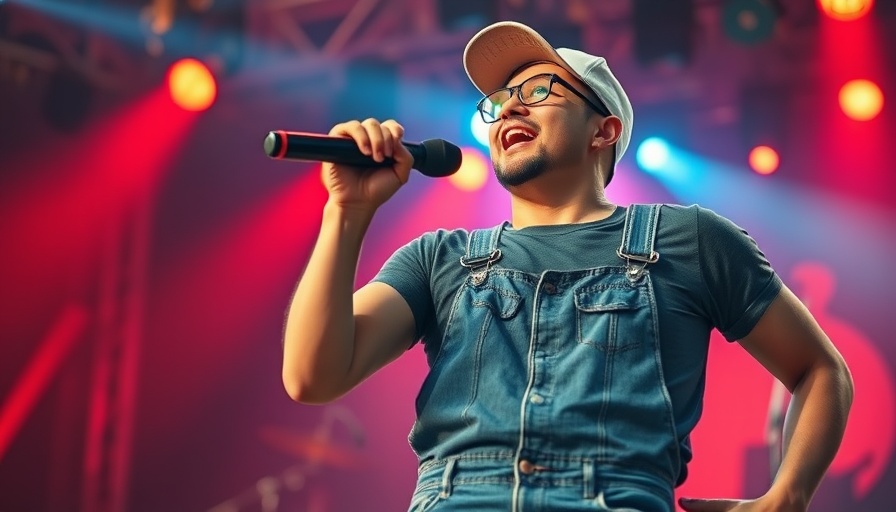
Bad Bunny's Impact: More Than Just Entertainment
The recent announcement of Bad Bunny headlining the Super Bowl LX halftime show has resonated throughout the cultural landscape, drawing both excitement and outrage. While many celebrate this milestone as a vital acknowledgment of Latino representation, others, particularly some leaders in conservative circles, have expressed their frustrations regarding the artist's politics and public persona. Bad Bunny, whose real name is Benito Antonio Martínez Ocasio, has been an outspoken critic of former President Donald Trump. This hostility stems from Trump’s controversial statement about Puerto Rico and his policies that some perceive as detrimental to Latino communities.
Exploring Cultural Representation and Backlash
Opposition against Bad Bunny also highlights deeper societal divides. Critics pinpoint his primarily Spanish-language lyrics and his gender-fluid fashion choices as points of contention for a more conservative fanbase. In their eyes, his decision to avoid touring the U.S. mainland out of fear for his fans' safety during potential ICE raids compounds their concerns. These reactions underscore a significant cultural clash, revealing not just a generational gap but also contrasting views on immigration, identity, and freedom of expression.
The Broader Significance of Halftime Shows
The Super Bowl halftime show has historically served as a barometer for cultural trends and shifts. Selecting Bad Bunny as a headliner may signify a broader acceptance and celebration of diverse cultures within mainstream entertainment. This aligns with a growing demand for authentic representation and the recognition that American culture is a mosaic rather than a monolith. As Bad Bunny stated in a recent interview, his performance is more than just about him; it’s about enriching the cultural landscape and honoring those who paved the way.
Anticipating Future Reactions and Trends
As the date of the Super Bowl approaches, the discourse surrounding Bad Bunny's performance is likely to intensify. This event may spark further discussions about the role of artists in political dialogue, particularly those from marginalized backgrounds. Engaging in these conversations can lead to a more comprehensive understanding of the experiences of individuals in minority communities.
Conclusion: Cultural Shifts and What They Mean
In the end, Bad Bunny's selection as a halftime headliner represents a pivotal moment, symbolizing change and pushing boundaries in sports and entertainment. As audiences prepare for a performance that promises to be vibrant and diverse, it invites viewers to reflect on the perspectives of those who different from them. With cultural sensitivity and hope for inclusivity, events like the Super Bowl can continue to evolve, bringing communities together to celebrate both their differences and shared experiences.
 Add Row
Add Row  Add
Add 




Write A Comment